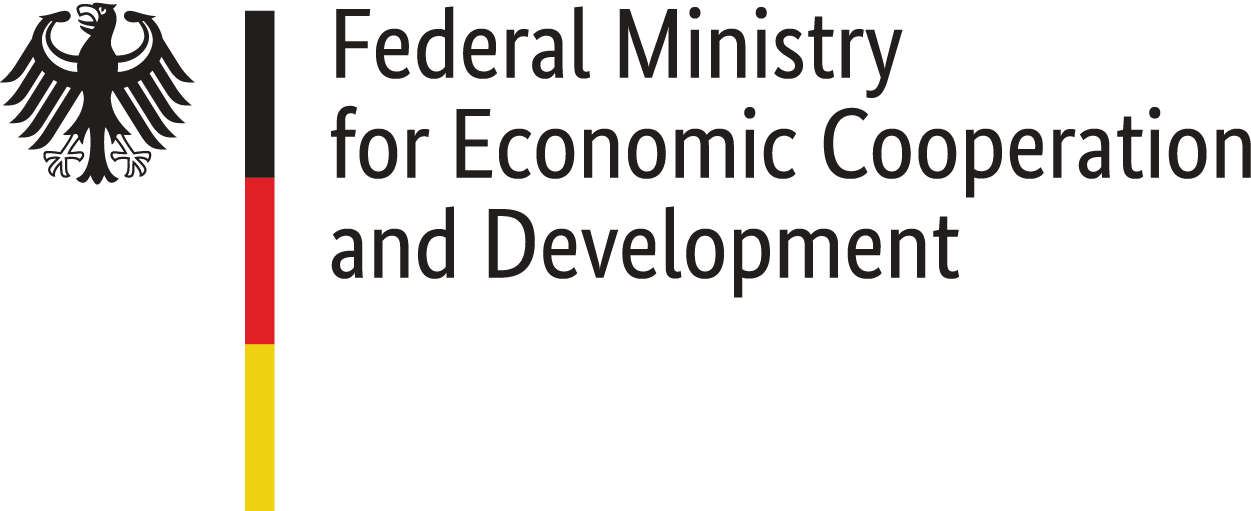Economy
Overview
Brazil has a very diversified economy, with well developed sectors of services, agriculture, industry, mineral exploration and energy production. The services sector accounts for more than 50% of Brazil’s Gross Domestic Product (GDP), that in 2016 reached the amount of R$ 6,267 trillion (around US$ 2,015 trillion). This amount puts the country in the seventh position in the world’s GDP rankings.
The country is among the five biggest agricultural exporters, according to the World Trade Organization (WTO). The main products in this sector are coffee, soy, wheat, rice, sugarcane, cocoa, citrus and meat. So, farming contributes to an average of 5,5% of the country’s GDP, being the sector with the biggest percentage growth in the last two years.
The industrial sector, on its turn, is responsible for 28,5% of the GDP and its main products are automobiles, industrial steel and petrochemical production. Mining, especially with the exploration of iron ore, puts the country among the top three exporting this resource. The GDP generated by Brazilian mining reaches about 2,5%, having represented 8,5% of the total in the early 2000s.
From nature, oil and natural gas are also extracted. The discovery of new oil and gas deposits in the pre-salt layer made the contribution of this sector jump from 3%, in the year 2000, to 13%, in 2014. Besides that, Petrobrás, a Brazilian company of mostly public capital, became, in the same period, the world’s main company in the field of deep-water oil exploration, boosting the public company’s internationalization.
Another sector that grew in the mentioned period is civil construction, with Brazilian companies being demanded for enterprises in several African and Latin American countries.
Historically, the country have always registered a high income concentration index (in Brazil, the richer 10% have concentrated between half and 2/3 of the country’s total income, since 1974). Between the years of 2003 and 2014, however, the country presented a significant economic progress, that promoted a better income distribution among its population. It is important to note that the country registered the removal of 29 million people from the poverty line. In the same period, according to information by the World Bank, the country also decreased its Gini coefficient, that dropped 6,6 percentile points, from 0,581 to 0,515. In 2014, the country left the World Hunger Map.
Economical crisis
Currently, the country experiences one of its worst economic crisis to date. The average annual growth, that has reached 4,5% between 2006 and 2010, dropped to 2,1% between 2011 and 2014 and, in 2016, obtained a negative index of -3,6%. It is the worst recession of the last 30 years.
In December 2015, the country reached a monetary inflation peak, at around 10,7% and, in June 2017, registered 14 million unemployed people, according to the Brazilian Institute of Statistics and Geography (IBGE) – the highest rate since the beginning of the survey. Besides that, the policies of income distribution, although important, did not consolidate a structural change for everybody and, with the economic crisis, the country even risks to return to the World Hunger Map.
Part of this development is seen as the result of the economic policies adopted by the Federal Government, partly also related to the institutional-political crisis unfolding in the country since 2015.


